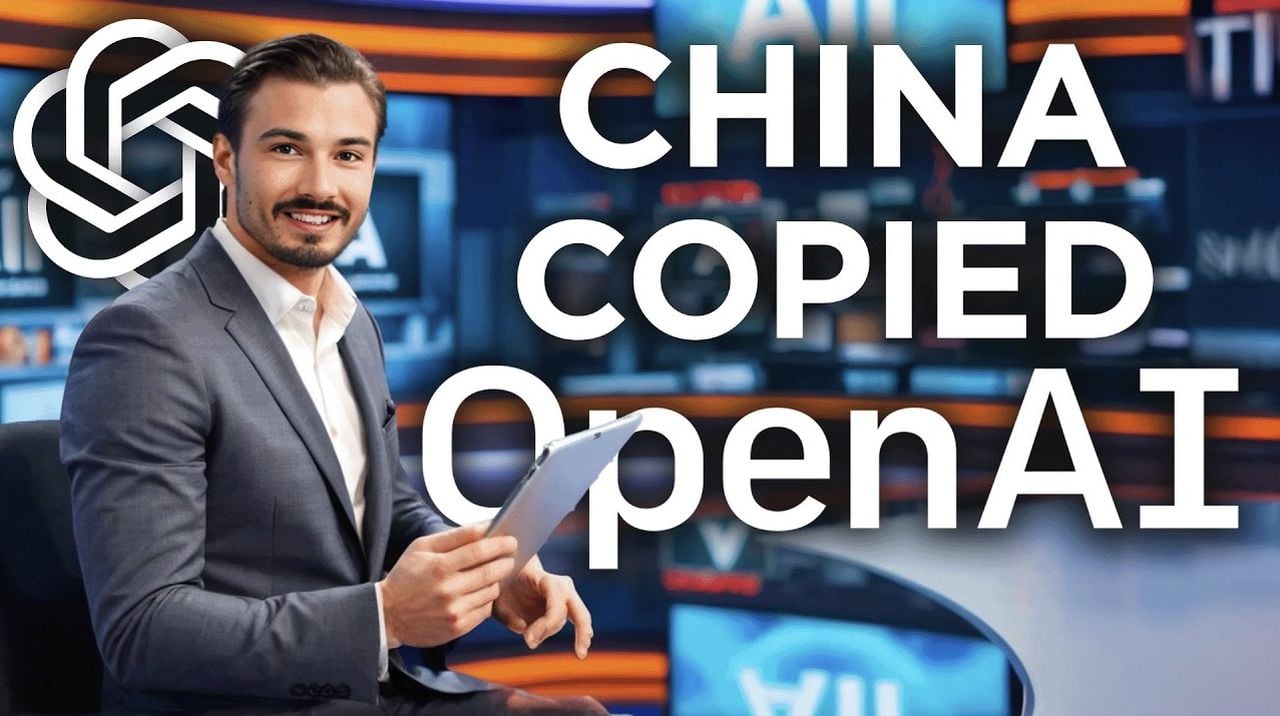China’s AI Copycat Strategy: How OpenAI’s Rivals Are Changing the Game
Artificial intelligence (AI) is advancing at an extraordinary pace, with reasoning models at the forefront of this evolution. Companies such as OpenAI, Google, and Chinese tech giants are engaged in intense competition to develop innovative AI reasoning syste…

## The AI Revolution: Reasoning Models and Their Impact**Dive into the World of AI Reasoning**Artificial intelligence (AI) is progressing at an unprecedented pace, with reasoning models leading the way. Giants like OpenAI, Google, and Chinese tech moguls engage in a fierce race to develop groundbreaking AI reasoning systems, transforming how we experience and benefit from AI.**Key Takeaways: A Snapshot**- AI reasoning models are rapidly advancing, driving innovation through logic-based tasks, tool integration, and media transformations.- Open source alternatives like DeepSeek V3 offer high-performance reasoning capabilities, challenging proprietary systems.- Community challenges foster practical innovation by addressing real-world needs in decision-making and education.- AI tool integration enhances possibilities, enabling seamless media transformations from text to audio and video.- Local AI usage gains traction, providing greater control and uninterrupted access.**AI Reasoning Models: Emulating Human Thought Processes**AI reasoning models aim to simulate human-like thinking, solving complex problems. OpenAI's 01 and 01 Pro excel in logic-based tasks, but their high costs limit accessibility. Other models like Google's Gemini Deep Research and Alibaba's QVQ 72B are rapidly advancing, with QVQ specializing in visual reasoning.**DeepSeek V3: A Disruptive Open Source Challenger**DeepSeek V3 has emerged as a formidable open source AI reasoning model. It surpasses proprietary systems like GPT-4 in benchmarks, providing a free and high-performance alternative. This widespread access empowers developers and researchers to push innovation and experimentation.**Crowdsourcing Practicality: Community-Driven Challenges**Community-driven challenges involve crowdsourcing ideas to develop practical applications for AI reasoning models. By inviting contributions from diverse perspectives, these initiatives ensure solutions align with real-world needs. This collaborative approach bridges the gap between cutting-edge research and tangible benefits.**Tool Integration: A Multitude of Possibilities**AI tool integration is transforming our interactions with technology. Tools like ElevenLabs' GenFM and MM-Audio combine voice synthesis and text editing, enabling efficient podcast creation. Similar technologies assist in media transformations, such as video-to-audio conversion, showcasing the potential of AI for creative and practical applications.**Open Source AI Tools: Breaking Down Barriers**Open source AI tools promote accessibility by democratizing advanced technologies. MM-Audio exemplifies how these tools can rival proprietary systems, offering high-quality media transformations at zero cost. Collaboration and innovation flourish in open source initiatives, accelerating progress and ensuring inclusivity.**Local AI Usage: Prioritizing Privacy and Reliability**Concerns over privacy and server reliability have led to a rise in local AI deployment. Running AI models on personal devices offers greater control over sensitive information and guarantees uninterrupted access. This approach aligns with the demand for secure, reliable, and user-centric AI solutions.**Emerging Trends and the Future of AI**The convergence of AI tools and techniques is shaping the future. Developers seamlessly integrate reasoning models with media transformation technologies. This evolving landscape is expected to provide effective solutions, transforming everyday life through personalized learning platforms, advanced healthcare diagnostics, and intuitive user interfaces.**2025 Outlook: An Era of Integration and User-Driven Innovation**By 2025, AI reasoning models will be deeply integrated, with community challenges and open source initiatives fueling further innovation. As AI becomes increasingly versatile and accessible, user-driven applications will take center stage, solving real-world problems and seamlessly enhancing our daily lives.